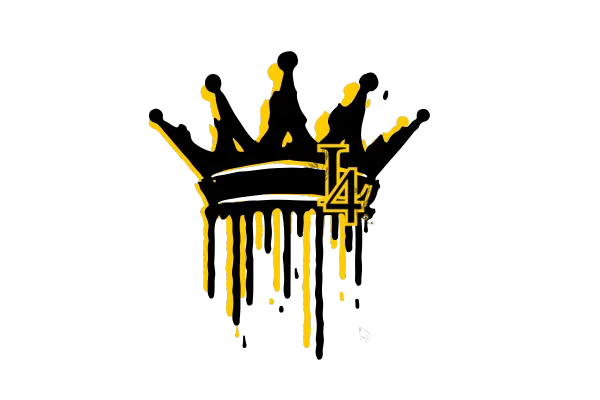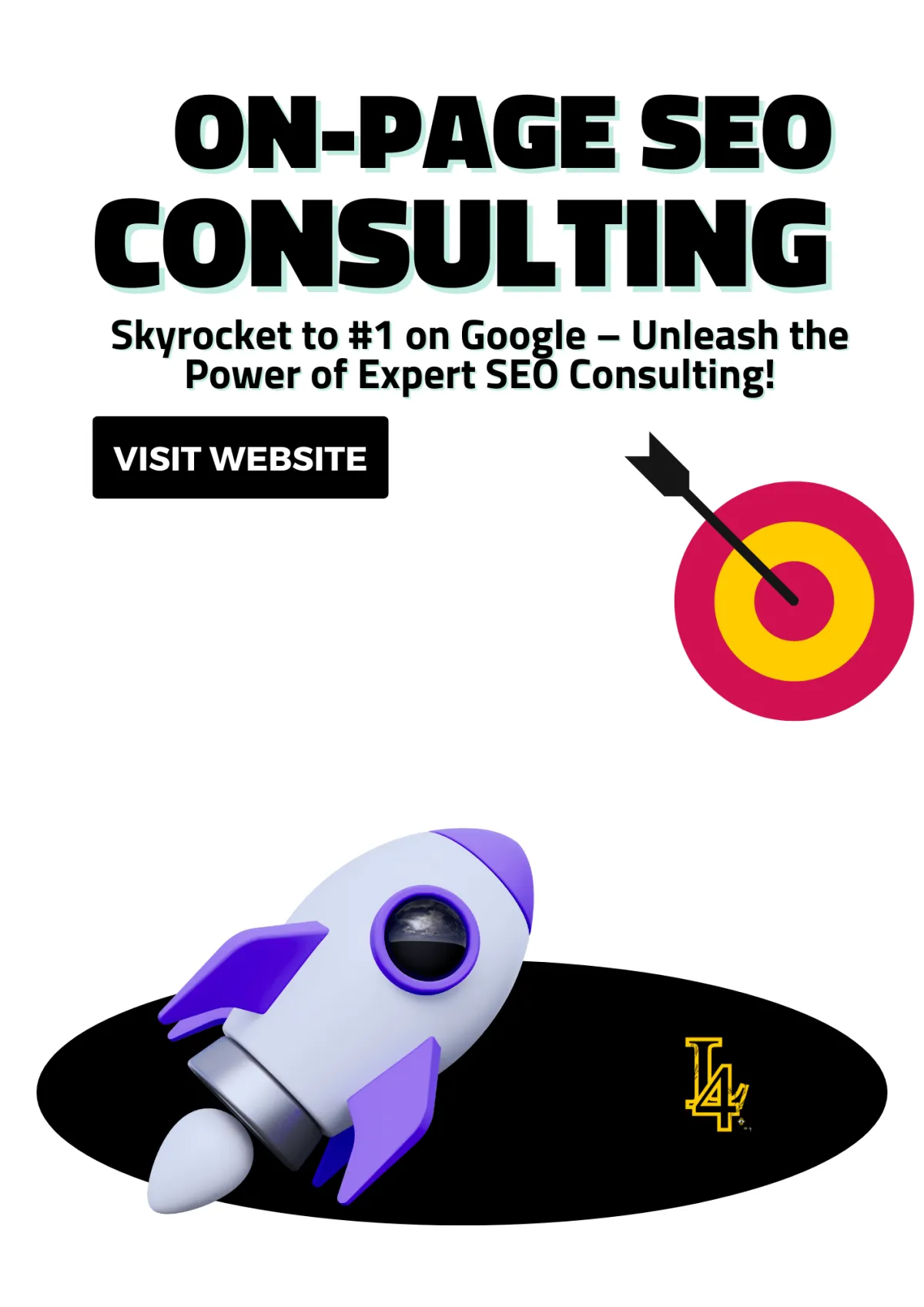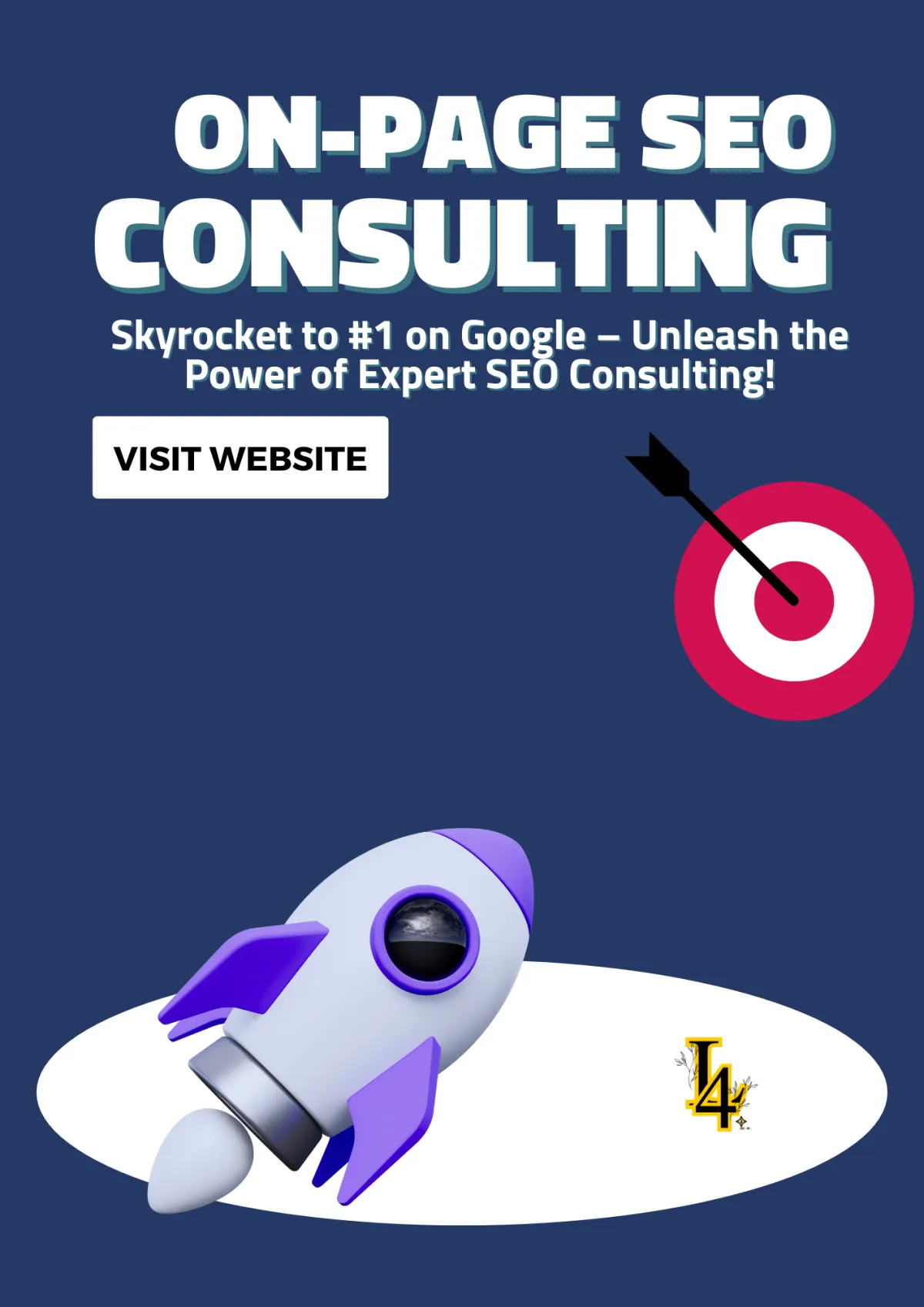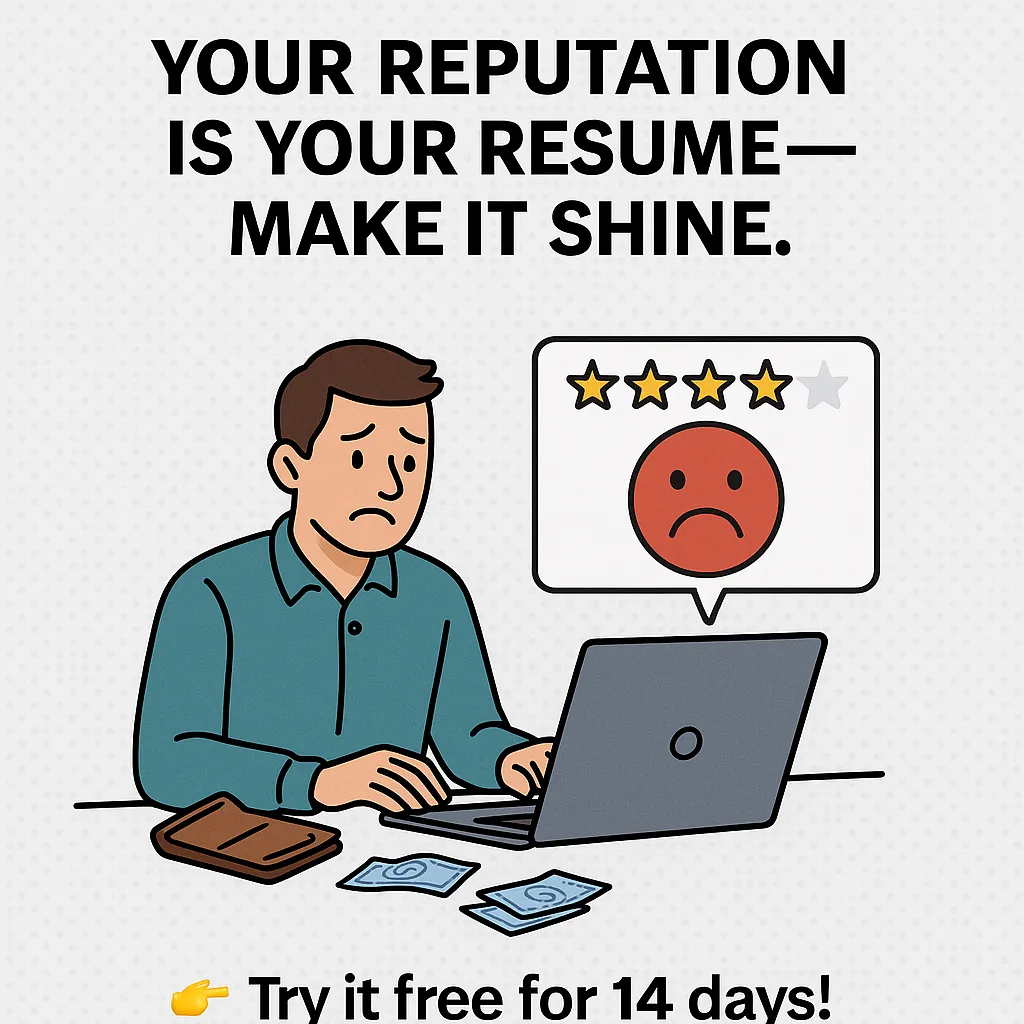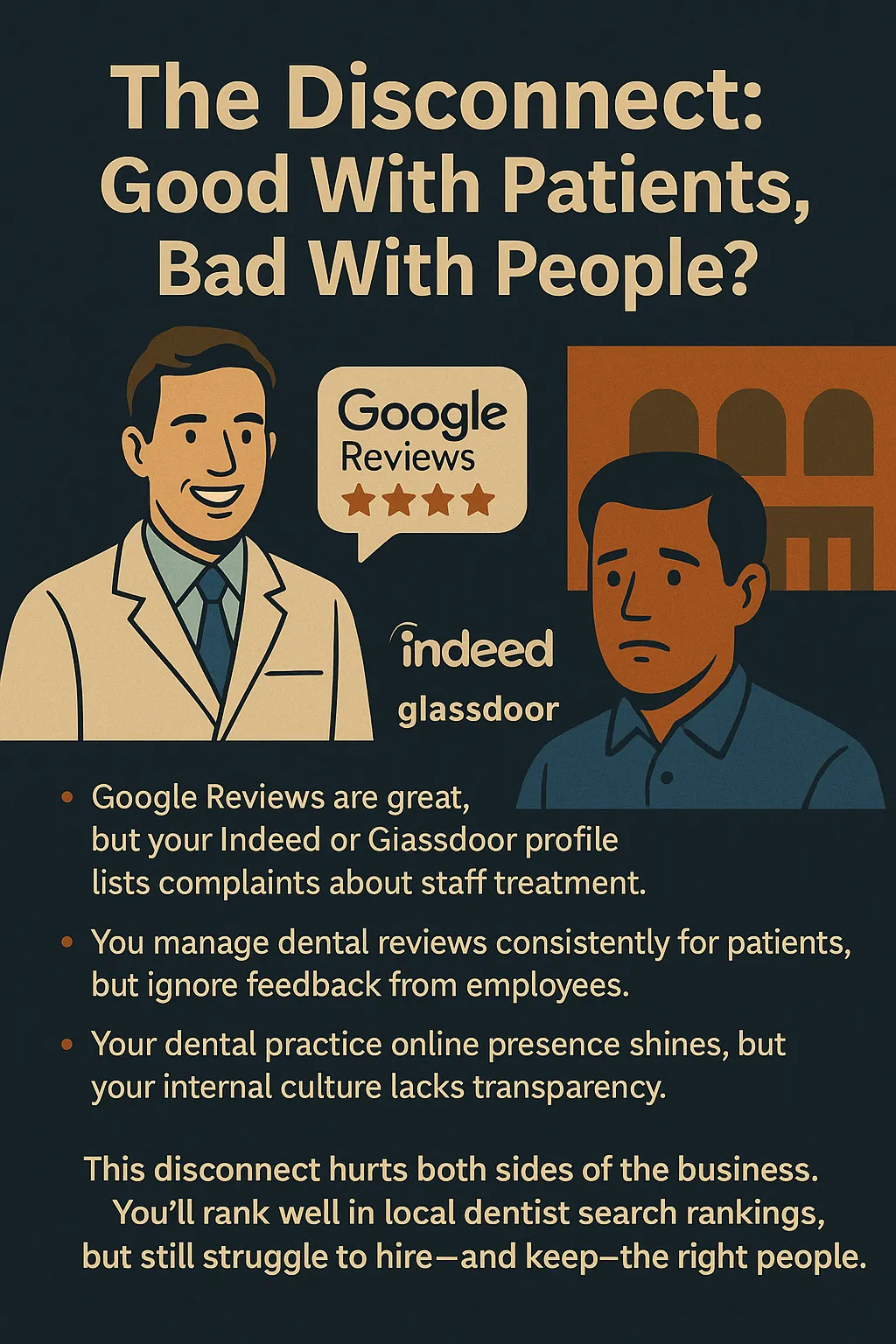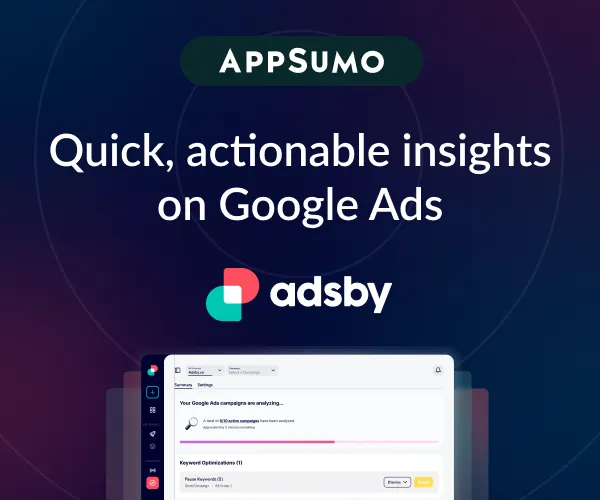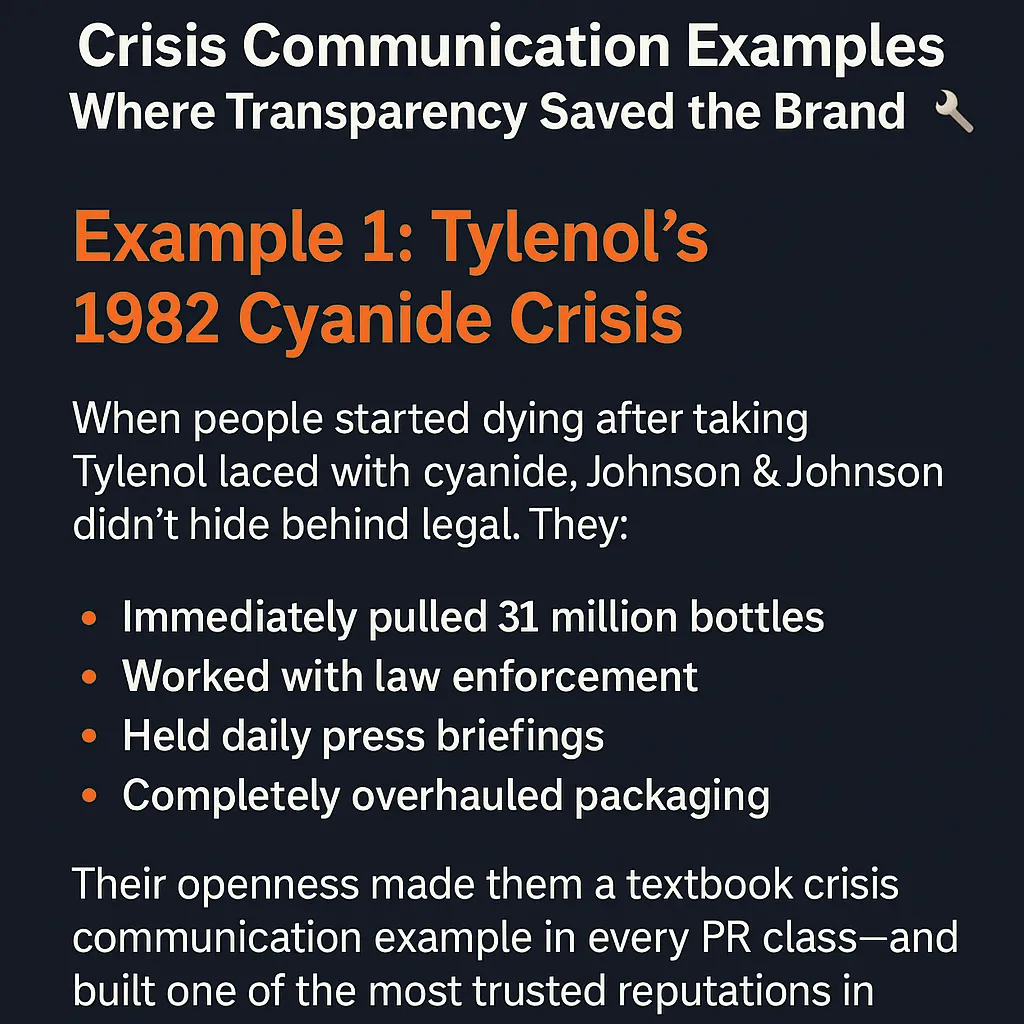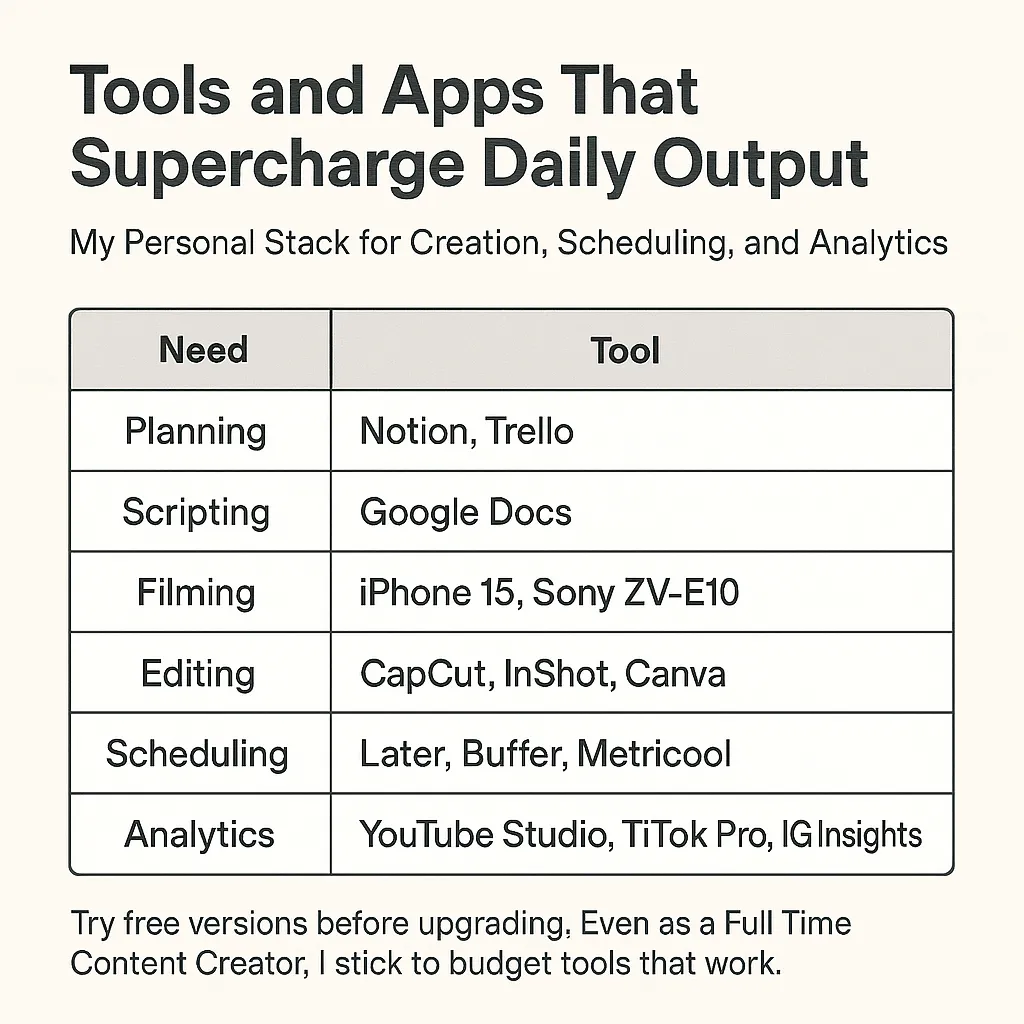
Sudden Drop in Website Traffic: What’s Happening and How to Fix It
One of the scariest things for any website owner is opening Google Analytics and seeing a sudden, steep drop in traffic. It feels like watching your online empire crumble overnight. But don’t panic—it happens to the best of us, and more often than not, there’s a fix.
Here’s how to diagnose what caused your sudden drop in website traffic and the steps you can take to recover.
Why Your Website Traffic Might Be Dropping
A sudden drop in website traffic can happen for many reasons, from technical issues to Google algorithm updates. Here are some common culprits:
1. Google Algorithm Changes
Google frequently updates its algorithms, which can impact how your site ranks in search results. If your rankings drop, your traffic will follow.
Stat: Google rolls out over 500 updates per year, and major updates can impact up to 10% of search results.
How to Check:
Look for announcements on Google’s Search Central Blog.
Use tools like SEMrush or Ahrefs to track ranking changes.
2. Broken Links or Technical Errors
A sudden drop in traffic might mean parts of your site are broken or inaccessible. Issues like 404 errors, server downtime, or broken redirects can scare away visitors.
How to Check:
Use Google Search Console to look for errors like 404s or crawl issues.
Test your site speed and functionality with tools like Pingdom or GTmetrix.
Example: I once had a broken robots.txt file that accidentally blocked search engines from indexing my site. Fixing it brought my traffic back within days.
3. Lost Backlinks
If websites that linked to you remove those links, your site’s authority can drop, leading to less organic traffic.
How to Check:
Use backlink analysis tools like Ahrefs or Moz to see if you’ve lost any significant backlinks.
4. Penalties from Google
If you’ve been engaging in shady SEO practices (like keyword stuffing or buying backlinks), Google might have slapped your site with a penalty.
How to Check:
Log in to Google Search Console and check for penalty notifications.
Use tools like SEMrush to perform an audit for spammy links or over-optimization.
5. Seasonal Trends or External Factors
Sometimes, a drop in traffic has nothing to do with your site. It could be seasonal (e.g., fewer people searching for "holiday gifts" in January) or due to external factors like news events or economic changes.
How to Check:
Compare your traffic trends to previous years using Google Analytics.
Use Google Trends to see if search interest in your topic has declined.
How to Diagnose and Fix a Sudden Traffic Drop
1. Analyze the Traffic Drop
Before you fix anything, you need to understand the problem. Ask yourself:
When did the drop happen? Look for specific dates in Google Analytics.
Which traffic sources are affected? Is it organic, direct, referral, or paid?
Which pages are losing traffic? Go to "Pages and Screens" in Google Analytics to identify underperforming pages.
2. Fix Technical Errors
Run a site audit to catch issues like:
Missing meta tags.
Redirect errors.
Server downtime.
Tools I Use:
Screaming Frog SEO Spider: For crawling and diagnosing site errors.
UptimeRobot: To monitor your site’s uptime.
3. Update and Optimize Content
If traffic is dropping to specific pages, those pages might be outdated or poorly optimized.
How to Fix It:
Refresh the content with updated statistics, examples, and keywords.
Use tools like Surfer SEO or Clearscope to optimize for search intent.
Example: I updated an old blog post and saw a 35% increase in traffic within two weeks.
4. Recover Lost Rankings
If Google algorithm changes caused your drop, you’ll need to tweak your SEO strategy:
Focus on building high-quality backlinks.
Target long-tail keywords with less competition.
Make sure your site is mobile-friendly and fast-loading.
5. Run a PPC Campaign to Boost Traffic Temporarily
While you’re fixing organic traffic issues, a well-placed Google Ads campaign can help recover some of your lost traffic.
Tips to Avoid Future Traffic Drops
Monitor Your Site Regularly: Use tools like Google Analytics and Search Console to catch issues early.
Keep Up with Google Updates: Follow SEO blogs to stay ahead of algorithm changes.
Diversify Traffic Sources: Don’t rely solely on organic search—invest in email marketing, social media, and paid ads.
Perform Routine SEO Audits: Regularly check for technical issues and content gaps.
Maintain High-Quality Content: Consistently update and optimize your pages.
With Google Analytics vs. Without It: A Comparison
With Google Analytics:
You can spot the exact date and cause of traffic drops.
You know which pages and sources are affected.
You can make data-driven fixes.
Without Google Analytics:
You’re guessing what went wrong.
You might waste time fixing the wrong things.
Traffic recovery will take much longer.
Internal Linking: A Game-Changer for Traffic Recovery 🚀
When I first learned about internal linking, I underestimated its power. It seemed like such a small detail compared to SEO heavyweights like keywords or backlinks. But let me tell you—getting your internal linking strategy right can make a massive difference, especially if you’re dealing with a sudden drop in website traffic. Internal links strengthen your site’s architecture, make it easier for search engines to understand your content, and guide users exactly where you want them to go.
Let me show you how I’ve used internal linking strategies to recover lost traffic, boost page authority, and improve overall site performance. It’s one of the most effective yet overlooked tactics for keeping your website running smoothly and getting those visitors back.
Why Internal Linking Matters for SEO and Traffic Recovery
Internal linking isn’t just about navigation; it’s about creating a roadmap for your website. When your links are organized thoughtfully, they guide both users and search engines through your content. It’s like giving Google a cheat sheet to understand what’s important on your site.
Here’s why internal linking is critical:
Boosts Page Authority: Linking to less-visited pages can pass “link juice” from high-performing pages, giving them a rankings boost.
Improves User Experience: Visitors stay longer when links make it easy to explore related content.
Helps Search Engines Understand Context: Google uses internal links to determine the relationship between pages and assign value.
My Personal Experience with Internal Linking
I’ll never forget the time my website traffic took a sudden nosedive. A Google update had shuffled my rankings, and I panicked. But instead of making random fixes, I decided to focus on my internal linking strategy. The results were incredible—pages that had lost traction started climbing back up in search results, and my bounce rate improved dramatically.
How I Optimize Internal Links for Traffic Recovery
1. Audit Your Current Internal Links
The first step is understanding what you’re working with. I use tools like Screaming Frog to map out all the internal links on my website. This gives me a clear picture of which pages are connected, which are neglected, and where I need to fill the gaps.
Here’s What I Look For:
Orphaned Pages: These are pages with no internal links pointing to them. It’s like they’re invisible to Google.
Broken Links: These frustrate users and signal poor site health to search engines.
Overlinked Pages: If every link points to the homepage, your content hierarchy is off.
Quick Fix: During one audit, I found a valuable blog post with zero internal links pointing to it. By adding it to my top-performing pages, its traffic increased by 40% in a month!
2. Link to High-Value Pages
Not all pages are created equal. Some pages, like product or service pages, are critical for conversions. Internal linking ensures these pages get the visibility they deserve.
How I Decide What to Link To:
Pages that drive revenue, like product listings or lead magnets.
Content that provides in-depth value, like tutorials or case studies.
Evergreen pages that consistently bring in traffic.
Example: I added internal links from blog posts to a service page I wanted to rank for “affordable web design services.” Within weeks, it climbed to the second page of Google search results.
3. Use Descriptive Anchor Text
Anchor text—the clickable part of a link—should give users (and search engines) a clear idea of what they’re clicking on. Generic phrases like “click here” don’t cut it anymore.
What I Do:
Use keywords naturally in anchor text to improve SEO.
Avoid over-optimization by varying anchor text for the same page.
Match the tone of the content to make links feel seamless.
Example: For a guide on SEO, instead of using “learn more,” I’d link with anchor text like “how to boost your site with keyword research.”
4. Create Topic Clusters for Better Link Structure
One of the most effective ways I’ve organized my site is by creating topic clusters. This means grouping related content and linking them back to a central “pillar page.”
Here’s How It Works:
A pillar page covers a broad topic in-depth.
Supporting pages explore subtopics and link back to the pillar.
Internal links create a web of connections that improve SEO and guide users.
Example: On my site, I have a pillar page about “web design best practices.” Subtopics like “mobile-first design” and “fast-loading websites” link back to it, creating a clear content hierarchy.
5. Add Links to Old Content
Don’t forget about your archive! Older blog posts or pages often have great authority. Updating them with links to newer content helps search engines crawl your site more effectively.
What I’ve Learned:
Old content with high traffic can boost new pages when linked strategically.
Refreshing old posts with internal links also keeps them relevant.
Quick Tip: I use Google Analytics to find older posts with high page views and add internal links to pages I want to promote. It’s an easy way to share the love!
Tools I Use to Improve Internal Linking
Here are some of my favorite tools that make optimizing internal links a breeze:
Screaming Frog: Maps out all internal links on your site for a detailed audit.
Ahrefs Site Audit: Highlights broken links and orphaned pages.
Link Whisper: Suggests internal links as you write, saving time and improving accuracy.
Examples of Internal Linking in Action
Example 1: Reviving Orphaned Pages
One of my product pages was buried—it had no internal links pointing to it. After adding links from my homepage and popular blog posts, its traffic tripled in a month.
Example 2: Boosting a Seasonal Page
Before the holidays, I updated last year’s gift guide and added links from recent posts. The guide ranked #1 for “best gifts for designers” just in time for peak shopping season.
Example 3: Strengthening a Service Page
I wanted my “local SEO services” page to rank higher. By linking to it from relevant blog posts, I moved it from the third to the first page of search results in just a few weeks.
Common Internal Linking Mistakes to Avoid
Even with the best intentions, it’s easy to make mistakes with internal linking. Here’s what I’ve learned to watch out for:
Overloading Links: Too many links on a single page can dilute their value.
Ignoring Context: Linking for the sake of it, without considering relevance, confuses users.
Focusing Only on New Pages: Older pages are often more authoritative—don’t neglect them.
The Impact of Internal Linking on My Traffic Recovery
After implementing these internal linking strategies, the changes were undeniable:
Traffic Boost: Pages with added links saw a 30% average increase in traffic.
Improved SEO: My site climbed back to its original rankings after a Google update.
Lower Bounce Rate: Visitors spent more time exploring my site, thanks to clear navigation.
Conclusion: Don’t Underestimate the Power of Internal Linking
When I first started using internal linking strategically, I was blown away by how much it helped recover and boost my website traffic. It’s not just about keeping visitors on your site—it’s about building a stronger, more connected experience for both users and search engines.
If your traffic has taken a hit, I highly recommend auditing and optimizing your internal links. It’s one of the simplest yet most effective ways to improve your rankings and keep visitors engaged. Trust me, the results are worth it! 🚀
You have not enough Humanizer words left. Upgrade your Surfer plan.
Final Thoughts: Don’t Panic—Diagnose and Fix
A sudden drop in website traffic can feel like a disaster, but it’s usually fixable. By using tools like Google Analytics, Search Console, and SEO auditing software, you can identify the root cause and take action quickly.
Remember, even the biggest websites experience traffic drops—it’s part of the game. What matters is how fast and smart you respond. So keep calm, diagnose the problem, and get your traffic back on track!
